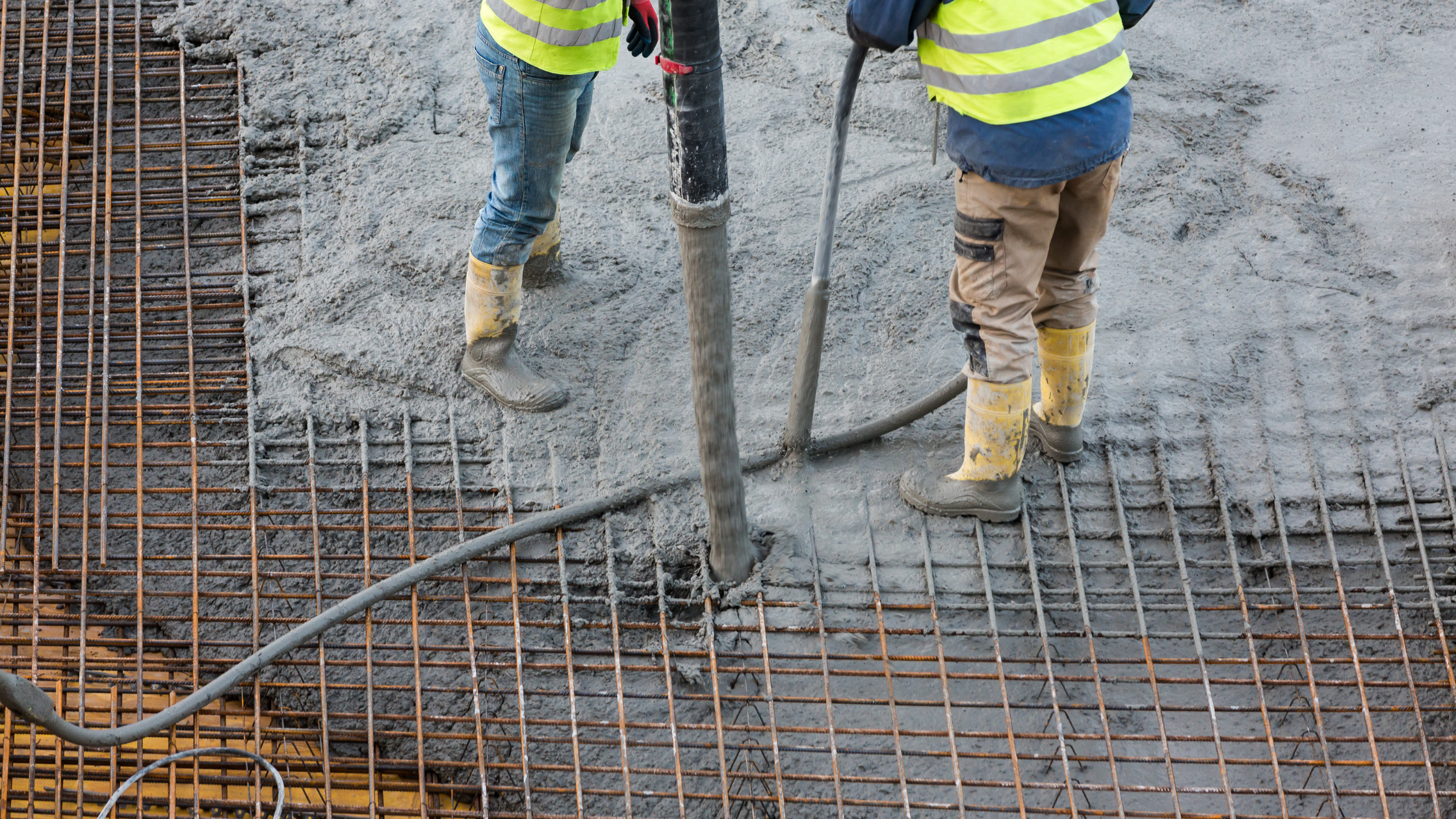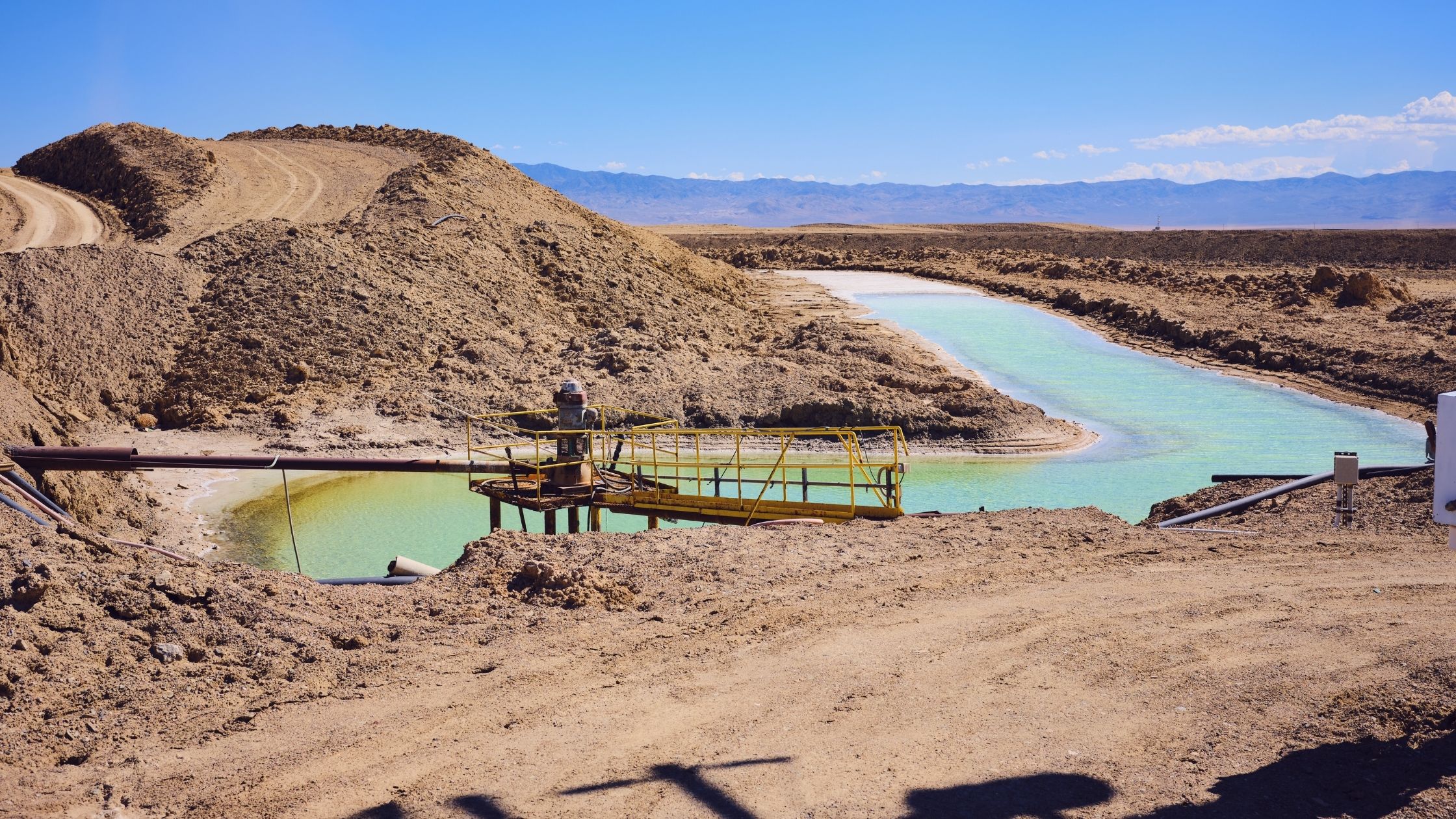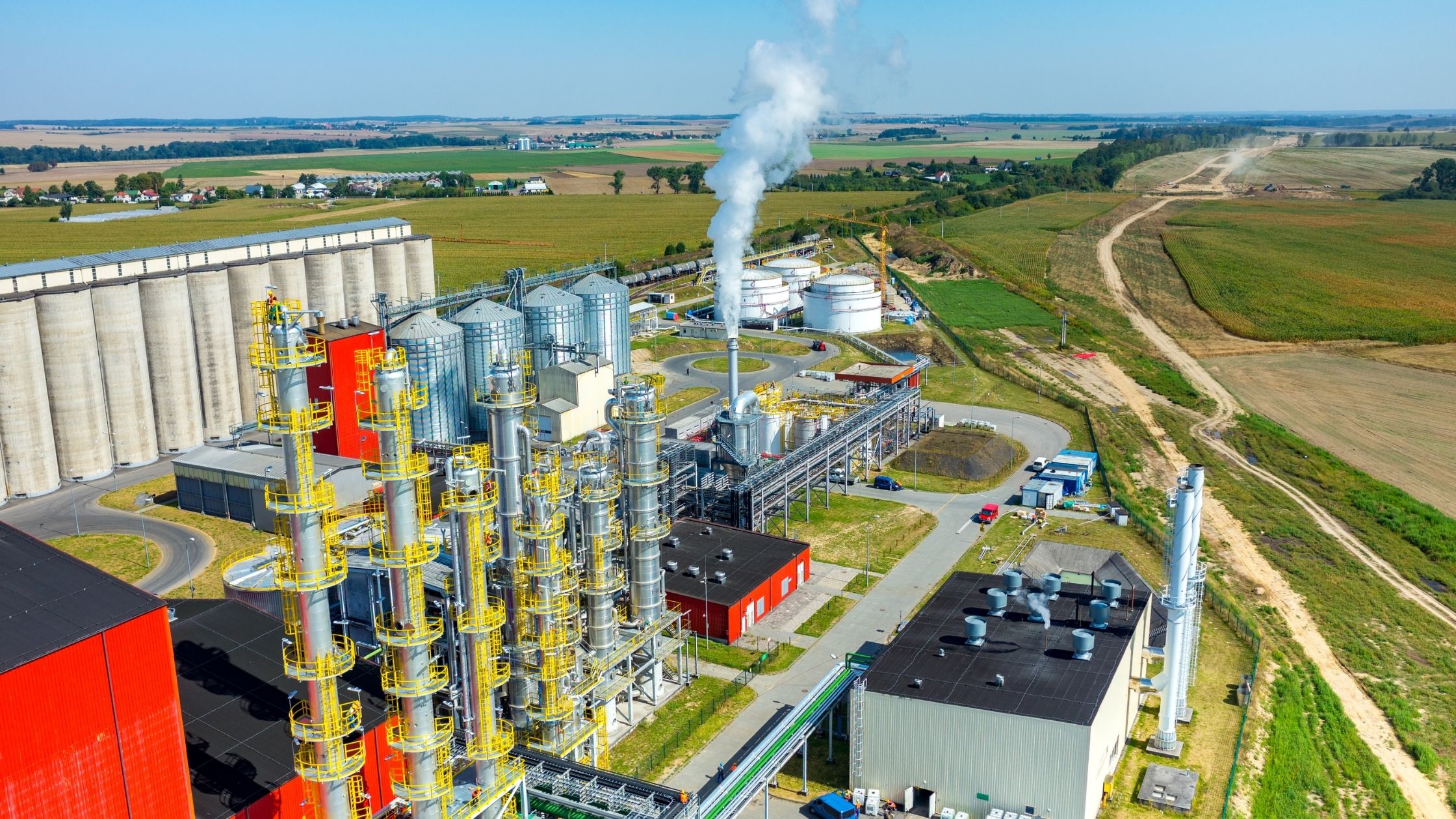
Researchers develop energy-storing concrete with various applications
What’s happening? A breakthrough in energy storage involves mixing cement with charcoal powder to create supercapacitors that can store a full day’s worth of energy in a home’s concrete foundations. This alternative to batteries can discharge energy rapidly and has potential applications in buildings, wind turbines, and even concrete road foundations that could wirelessly recharge electric vehicles. Researchers at MIT demonstrated how cement and carbon black can form wire-like structures that store energy when soaked in an electrolyte solution. Although challenges remain in practical implementation, this low-cost and widely available technology shows promise for sustainable energy storage and distribution. (New Scientist)
Why does this matter? Due to many renewables generating power intermittently and unpredictably, energy storage is a crucial facet of the energy transition. For example, to align with the International Energy Agency’s net-zero scenario, installed grid-scale battery storage needs to increase 35-fold between 2022 and 2030, from 28 GW to 970 GW. The possible uses for “electrified concrete” are widespread and could be significant in the transition.
In the study, scientists cut the carbon black cement mix into two plates, which are separated by an electrolyte membrane made of potassium chloride and water. The sandwich structure is then sealed and charged, storing energy for over 10,000 cycles during tests. Further, energy is charged and discharged faster than conventional batteries. If scaled up to 45 cubic meters – close to the average amount used in the foundations of a home – the superconductor could store 10 kWh of energy, enough to power a UK home for 1.25 days.
Previous attempts to create electrified concrete have succeeded using graphene or carbon nanotubes. Whilst effective, these materials are expensive and difficult to mass-produce. Conversely, carbon black is cheap and abundant with high conductivity. The other key materials of cement, water, and salt are equally accessible, meaning electrified concrete could be an attractive option for less developed economies. Furthermore, issues facing lithium-ion batteries are avoided, including supply chain complications, unequal mineral refining capacity, dwindling natural resources, expensive processes, and flammable materials.
Rapidly evolving battery market – Recent developments in the battery market have seen the rise of home batteries, such as the Tesla Powerwall. Toyota recently announced a breakthrough with solid-state batteries for electric vehicles (EVs), claiming to have halved weight and doubled range. The role of sodium-ion batteries is growing in grid-scale storage. However, the many applications of low-cost, low-risk electrified concrete pose a risk to the current and emerging battery market in the medium term. For example, one application expressed by the researchers is transforming roads into superconductors, with copper coils embedded in the surface allowing wireless, on-the-go charging for EVs.
Although promising, the technology is yet to be scaled, with a test taking place on a 1 cm wide prototype powering a small LED bulb. Challenges remain: for example, the larger the supercapacitor’s size the more its electrical conductivity declines. Additionally, it is unclear how the supercapacitor will remain wetted by the electrolyte for the duration of its lifetime.
UK investment – The discovery comes at a time of significant battery investment in the UK. Tata Motors recently announced a £4bn ($5.1bn) battery factory, whilst Octopus Renewables Infrastructure Trust (ORIT) plans to invest £2m in a new solar PV and battery storage business. The company aims to develop over 350 MW of ground-mounted solar projects, securing land rights and grid connections for potential sale or further development. ORIT, managed by Octopus Renewables Limited, sees significant growth opportunities in early-stage renewable energy investments.


